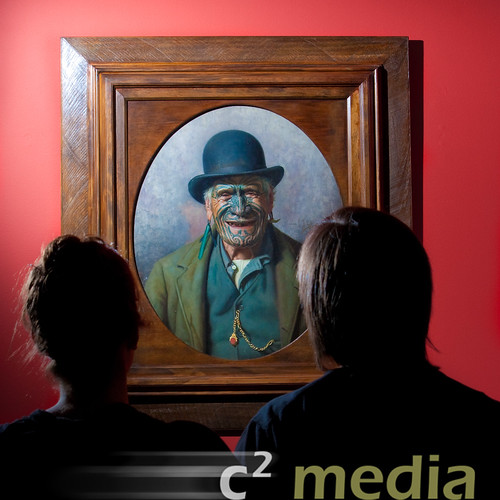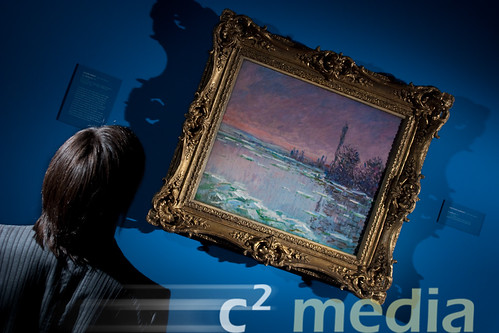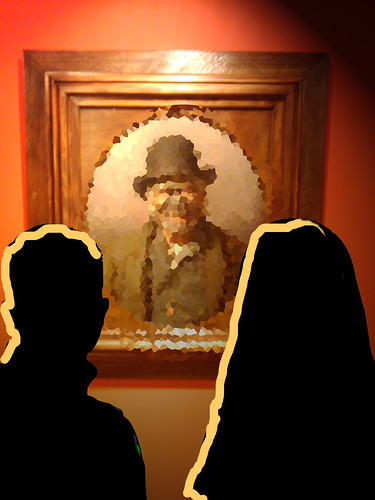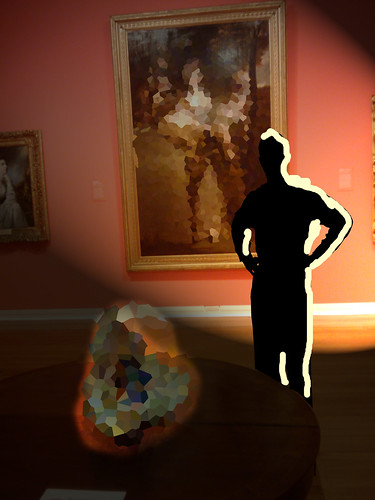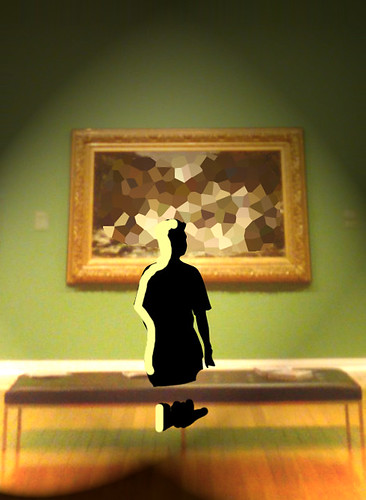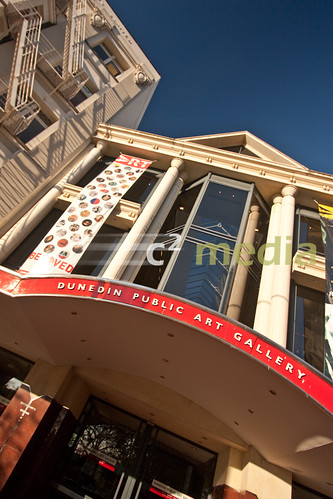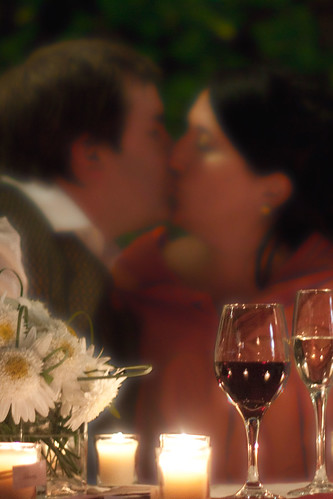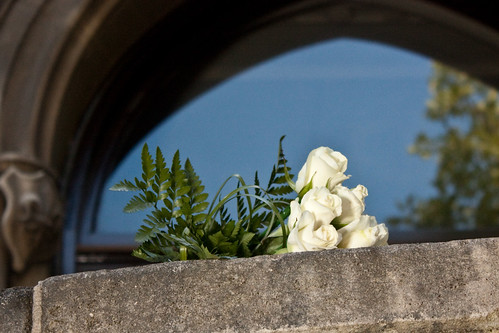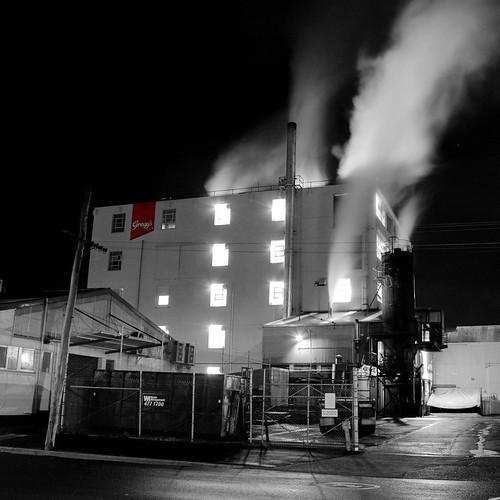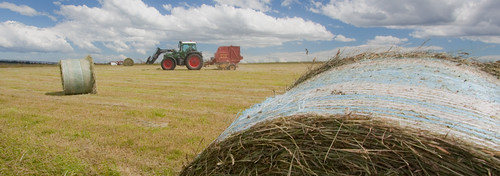
It was a long wait, but Summer has finally made it to Dunedin, so I've been making the most of it with the family. That means photography has had to take a bit of a back seat, but when the opportunity has let me, I've made a few shots.

I've wanted to shoot some hay bales for ages, so coming back from a little fishing/picnic day trip, I had to stop and try some with this paddock. Problem was, the sun was high and bright, not conducive to the long shadows and golden light type of thing I was looking for. But I believe every set of circumstances offers an opportunity, so I shot in the hard light and worried about it later. When I got home I decided to lift the exposure and desaturate some shots - getting away from my usual style, and emphasising the hot dry nature of the day. I'm happy with the results, although I would like to do it again. One new subject I found was the bale wrappings that flap on the wire fences like prayer flags. I really want to do those justice some time, play with the motion, which is one aspect of shooting stills I haven't really worked on yet.
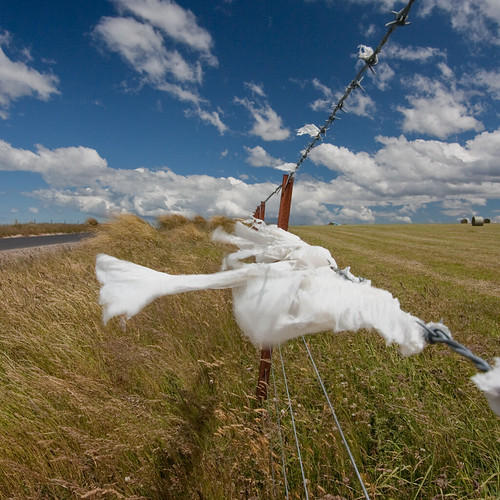
Between keeping up my fluid balance, manning the barbecue and swimming, my family vacation left me little time for photography either, but I did follow the kids up the creek for a few minutes to shoot a traditional Kiwi kids holiday activity - Cockabullying.
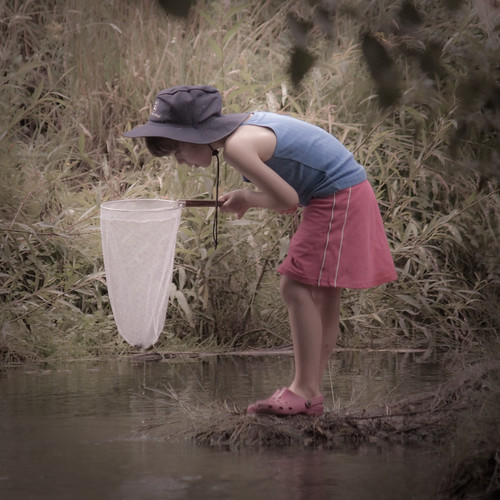
Again, I tried desaturating to give this a more timeless feel. I'm not sure if I'll ever be in the same league as
Fiona Andersen, she does beautiful kids shots, with some stunning post-production. Check her stuff out if you get the chance, she's pretty talented.
One shot I did want to get was something to sum up my vacation. I knew what I wanted - a shot of my favourite pastime at Glendhu Bay, Wanaka. But it was kind of dangerous to take my DSLR into the water, so I decided to take a lesson from Chase "the best camera is the one you have with you" Jarvis, and go get the shot anyway, with my phone. If the image was good and told a story, then bugger the megapixels. Glad I did. So here's what it's like to be me on vacation.
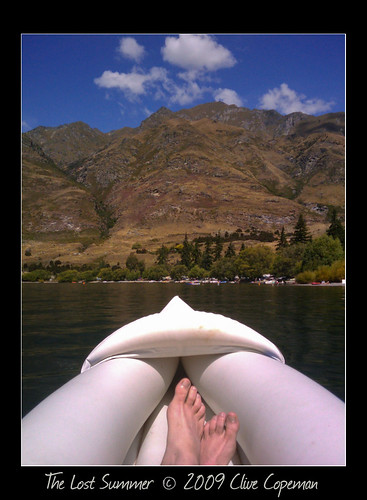
I framed it, like I do with all the shots I put out on my "Shot of the Week" mailing list. If you're not already on it and would like to be, drop me a line.
Well, holiday's over. This is going to be a year of work, and lots of it in photography. I've already shot one wedding (half way through my vacation), have another coming up, and have another cool promotional shoot to work on next week, so stay tuned.
